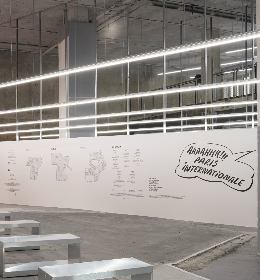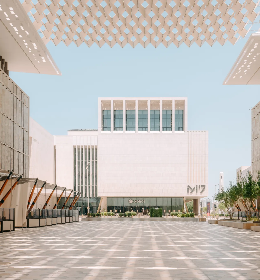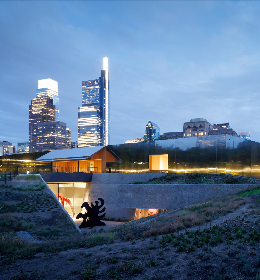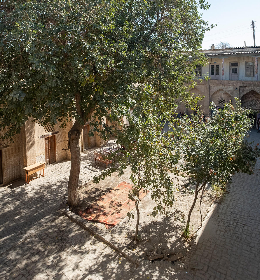With three gallery spaces in Seoul and regular participation in the biggest fairs across the world, the gallery’s Director (and son of its Founder) Do HyungTeh is proposing an alliance of blue-chip contemporary creation with more recently emerging talent, of Korean artists with their international counterparts.
The dynamism of the local scene and the growing interest of international collectors for the big names in Korean art have influenced western mega-galleries to invest in the market over the past few years in a tale of collaborative integration.
Pace opened a space in Seoul in 2017, as did Perrotin in 2016 — did these arrivals change anything in your activity?
Seoul has become a major hub for contemporary art in Asia. South Korea has the highest number of private art museums in the world (around 45, I believe) and now boasts the world’s 11th-largest economy and the 4th-largest in Asia. The art market is one element in a highly developed infrastructure incorporating leading institutions and a rich cultural landscape which has great appeal to gallerists. We are incredibly proud of the role Gallery Hyundai has played over the past 50 years in developing Korea’s contemporary art infrastructure. The arrival of new galleries adds to Seoul’s overall reputation as an art city and year on year we see more international visitors. This however hasn’t changed the way we run the gallery and we continue to gain recognition for Korea’s most influential artists globally, alongside representing prominent international artists within Asia.

Gallery Hyundai, Seoul, 2018. Image courtesy Gallery Hyundai
Did you make a choice not to represent major South-Korean artists who are also working with international galleries? For instance, Do Ho Suh and Chung Chang-Sup? You used to exhibit Ha Chong-Hyun, for example, who is now represented by Almine Rech Gallery, but you no longer show his work.
Our mission has always been to support our artists’ careers by furthering knowledge of Korean art globally and to bring important art to Korean audiences. Working collaboratively with other commercial galleries has been an important part of this. We presented Seung-taek Lee at the Venice Biennale in 2017 in collaboration with Lévy Gorvy, we co-represent Minjung Kim with White Cube who showed her work in London earlier this year, Chung Sang-Hwa and Shin Sung-Hy are currently at Blum & Poe in LA. We work closely with the Western galleries of artists we exhibit such as Michael Craig Martin, Thomas Struth and Ryan Gander. I’m a strong believer in the benefits of collaboration in the contemporary art world.

Gallery Hyundai at FIAC 2018
How can we explain the growth of interest in artists related to the Dansaekhwa movement over the past few years? Is it mainly linked to the current state of the interior Korean art market or to the international interest in this type of art production? For example, Chung Sang-Hwa used to be exhibited almost exclusively by commercial galleries in Tokyo and Seoul, but is now represented by Greene Naftali and Lévy Gorvy...
Dansaekhwa was one of the late 20th century’s most compelling art ‘movements’ and our gallery has shown work by its protagonists since it emerged. I think the extraordinary surge in recognition of these artists among art world audiences was a natural evolution; the work was always exceptional in its radical style of minimal painting and meditative compositions. The movement formed as a response to rapid changes in our political, social, and cultural milieu and although underappreciated internationally, it flourished almost immediately at home. As South Korea’s art scene continued to globalise, more exchange was created between our country and the world, and access to knowledge about these artists increased at a curatorial level as museums revised the art-historical narrative to include under-recognized artists and then private collectors and international galleries got involved.










